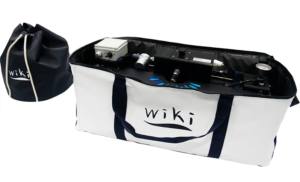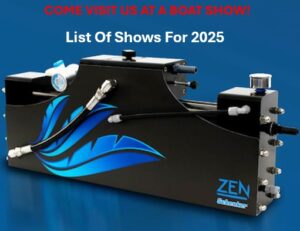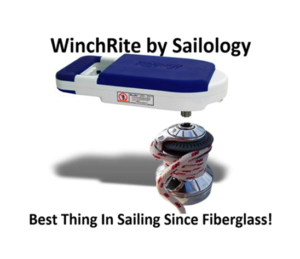Frequently Asked Questions
Information on watermaker technology/functions/maintenance:

+/- ENERGY RECOVERY EXPLAINED
Schenker water makers use a low-pressure feed pump. The pressure is then increased using the patented Energy Recovery System powered by the waste water from the reverse osmosis process. This results in a very high-energy efficiency with a typical low power consumption of only 15 Watts per gallon of water produced.
.
+/- RELIABILITY
Schenker’s Patented Energy Recovery Technology is proven to be more reliable than traditional watermakers using high pressure pumps, which are the main cause of failures and maintenance problems. Schenker Watermakers all carry a 3-Years on the Energy Recovery Pump and 1-year to the accessory components.
+/- LOW ENERGY USAGE
Energy usage is up to 80% less than the typical piston pump system. Schenker watermakers can be powered directly from the vessel’s battery bank. A Schenker watermaker, is easy to use, does not require constant adjustments, is extremely quite and vibration-free during operation.
+/- EASE OF USE – BACK FLUSHING – CONTROLS
Schenker watermaker systems have easy to operate controls. Both start up and shut down is an easy chore. Standard panel has a one button startup feature.
Basic remote mounted panel features:
.
- Remote start/stop
- Watermaker push button fresh water flushing
- Automatic fresh water flushing via seven day timer
- Timed watermaker runs of 1, 2 or 3 hours with automatic fresh water final flushing
+/- Off the Shelf Consumable Parts
Schenker Watermakers use off the shelf consumables supplies, such as RO Membranes, Prefilters, Activated Carbon Filters and Feed Pumps. This helps hold down the ongoing cost of watermaker operation and makes these commonly used consumable supplies easier to find and less expensive to purchase.
+/- MAINTENANCE – PICKLING
Watermakers need to either run production and then back flush or just back flush every 5-7 days. If this is not done you run the risk of inherent sea creatures in the sea water using up their oxygen and expiring. When this happens anaerobic bacteria will begin to feast on the expired sea creatures and give off hydrogen sulfate gas, this results in a rotten like smell. This condition will ultimately damage the membranes. If the watermaker is not going to be in use for a greater period of time then the term pickling is used to describe a process of purging the system with a FDA approved biocide solution. This procedure will sterilize the membranes and interior plumbing components. Ultimatlely allowing the watermaker system to become in a state of suspended animation.












